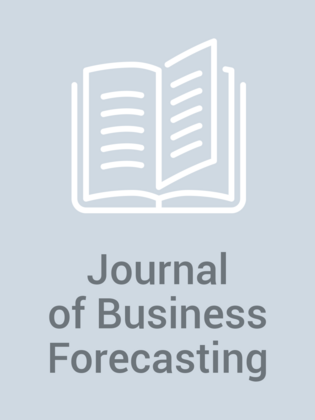Benchmarking forecasting models
BENCHMARKING FORECASTING MODELS By Chaman L. Jain, St. John’s University Forecasting models are the heart and soul of forecasting. Since each data set has a pattern of its own and each model captures a specific pattern, the forecaster has to marry the right data with the right model for the best results. There are basically three types of forecasting models: (1) Time Series, (2) Cause-and-Effect, and (3) Judgmental. TIME SERIES MODELS In Time Series models, we extrapolate the past data in search of the best statistical fit. In each model, it is assumed that the past pattern will continue into the future. One of the methods in Time Series is the percentchange method. In this method, if sales in the past increase on the average by 5%, then next-month sales will be sales of current period plus 5%. Time Series models are, by and large, the simplest, the easiest to understand, and the easiest to use. They generally work well for shortterm forecasting. Times Series models include: (i) Averages including Simple and Moving, (ii) Simple Trend, (iii) Exponential Smoothing, (iv) Decomposition, and (v) Box Jenkins (also called Autoregressive Integrated Moving Average or ARIMA). ...









